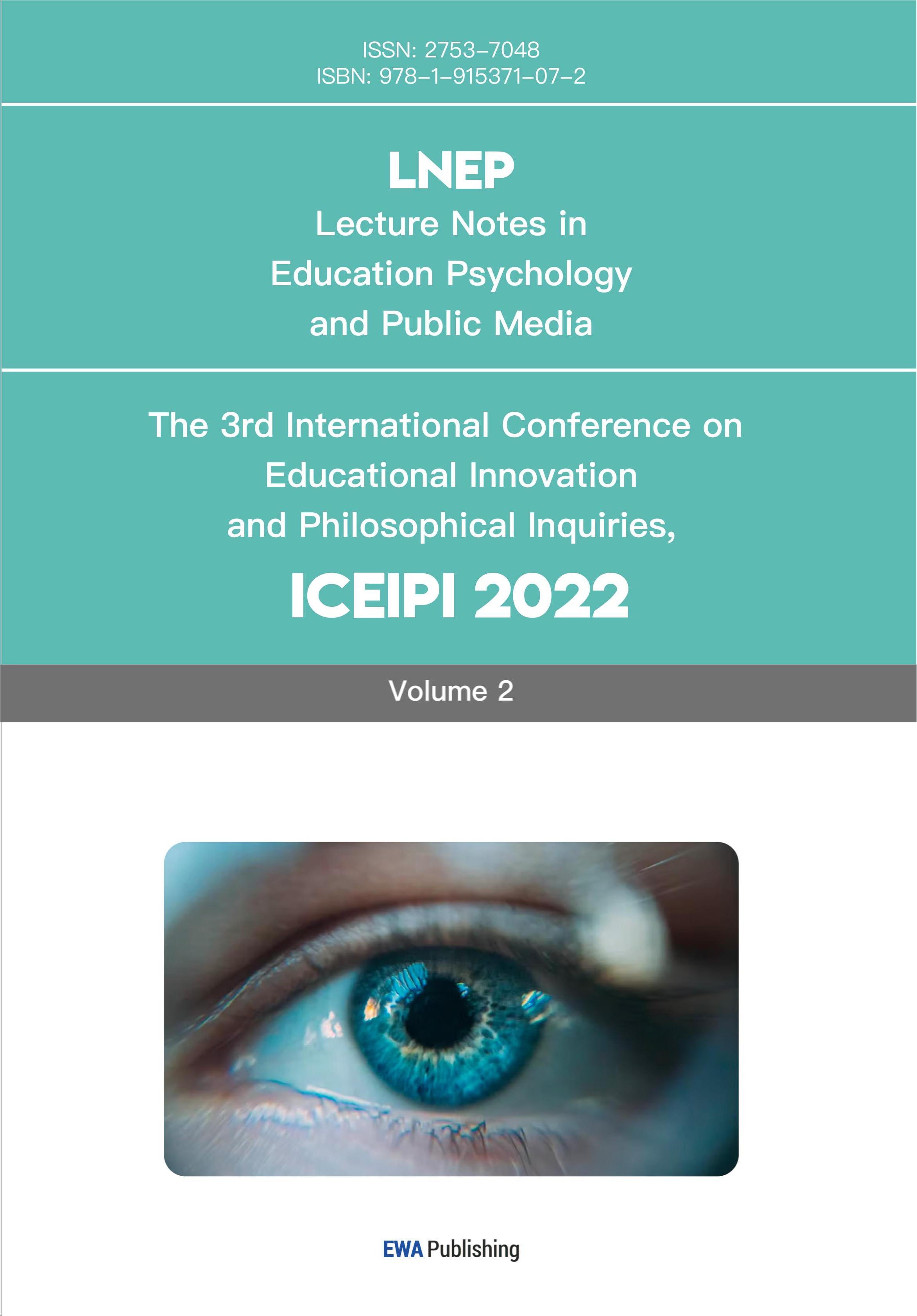References
[1]. Twenge JM, Campbell WK. Associations between screen time and lower psychological well-being among children and adolescents: Evidence from a population-based study. Preventive Medicine Reports 2018; 12: 271–83. https: //doi.org/10.1016/j.pmedr.2018.10.003.
[2]. Jaycox LH, Murphy ER, Zehr JL, Pearson JL, Avenevoli S. Social Media and Suicide Risk in Youth. JAMA Netw Open 2024; 7: e2441499. https: //doi.org/10.1001/jamanetworkopen.2024.41499.
[3]. Bronfenbrenner U. Ecological systems theory. Encyclopedia of Psychology, Vol. 3., Washington, DC, US: American Psychological Association; 2000, p. 129–33.
[4]. Keles B, McCrae N, Grealish A. A systematic review: the influence of social media on depression, anxiety and psychological distress in adolescents. International Journal of Adolescence and Youth 2020; 25: 79–93. https: //doi.org/10.1080/02673843.2019.1590851.
[5]. Balt E, Mérelle S, Robinson J, Popma A, Creemers D, van den Brand I, van Bergen D, Rasing S, Mulder W, Gilissen R. Social media use of adolescents who died by suicide: lessons from a psychological autopsy study. Child Adolesc Psychiatry Ment Health 2023; 17: 48. https: //doi.org/10.1186/s13034-023-00597-9.
[6]. Nesi J. The Impact of Social Media on Youth Mental Health. North Carolina Medical Journal 2020; 81: 116–21. https: //doi.org/10.18043/ncm.81.2.116.
[7]. Yuan GF, Zhang R, Qiao S, Li X, Shen Z, Zhou Y. Exploring the Longitudinal Influence of Perceived Social Support, HIV Stigma, and Future Orientation on Depressive Symptoms Among People Living with HIV in China. AIDS Behav 2024; 28: 1662–72. https: //doi.org/10.1007/s10461-024-04292-4.
[8]. O’Reilly M, Dogra N, Whiteman N, Hughes J, Eruyar S, Reilly P. Is social media bad for mental health and wellbeing? Exploring the perspectives of adolescents. Clin Child Psychol Psychiatry 2018; 23: 601–13. https: //doi.org/10.1177/1359104518775154.
[9]. Masten AS. Ordinary magic: Resilience processes in development. American Psychologist 2001; 56: 227–38. https: //doi.org/10.1037/0003-066X.56.3.227.
[10]. Byars J, Graybill E, Wellons Q, Harper L, Byars J, Graybill E, Wellons Q, Harper L. Monitoring Social Media and Technology Use to Prevent Youth Suicide and School Violence. Contemp School Psychol 2020; 24: 318–26. https: //doi.org/10.1007/s40688-020-00277-x.
[11]. Cui S, Zhao Y, Qie R. Who needs What Support? Exploring the relationship between intergenerational support and digital media use among Chinese older adults: A latent profile analysis. Computers in Human Behavior 2025; 164: 108506. https: //doi.org/10.1016/j.chb.2024.108506.
[12]. Fu J. Chinese youth performing identities and navigating belonging online. Journal of Youth Studies 2018; 21: 129–43. https: //doi.org/10.1080/13676261.2017.1355444.
[13]. Frison E, Eggermont S. The impact of daily stress on adolescents’ depressed mood: The role of social support seeking through Facebook. Computers in Human Behavior 2015; 44: 315–25. https: //doi.org/10.1016/j.chb.2014.11.070.
[14]. Livingstone S, Helsper E. Gradations in digital inclusion: children, young people and the digital divide. New Media & Society 2007; 9: 671–96. https: //doi.org/10.1177/1461444807080335.
[15]. Roberts RE. Reliability of the CES-D scale in different ethnic contexts. Psychiatry Research 1980; 2: 125–34. https: //doi.org/10.1016/0165-1781(80)90069-4.
[16]. Davis JM. Suicidal Ideation Questionnaire. Journal of Psychoeducational Assessment 1992; 10: 298–301. https: //doi.org/10.1177/073428299201000311.
[17]. Resnick MD. Protecting Adolescents From Harm. JAMA 1997; 278: 823. https: //doi.org/10.1001/jama.1997.03550100049038.
[18]. Kanth DB, Indumathy J, Kadhiravan S, Nagasubramaniyan G, Sri Lekha PP. Family Connectedness Scale. In: Kanth DB, Indumathy J, Kadhiravan S, Nagasubramaniyan G, Sri Lekha PP, editors. Measuring Couples and Family Dynamics in India: Cultural Adaptations and Validations, Singapore: Springer Nature; 2024, p. 69–76.
[19]. Ng W. Can we teach digital natives digital literacy? Computers & Education 2012; 59: 1065–78. https: //doi.org/10.1016/j.compedu.2012.04.016.



